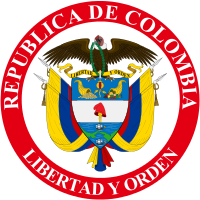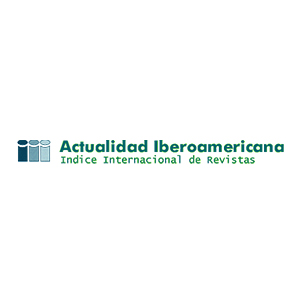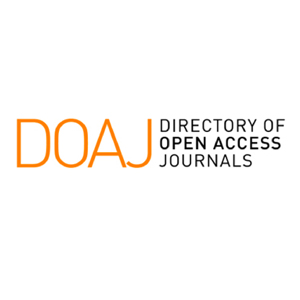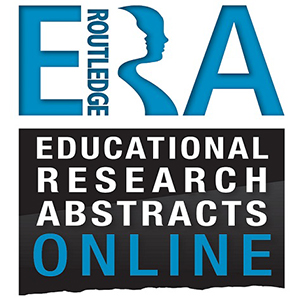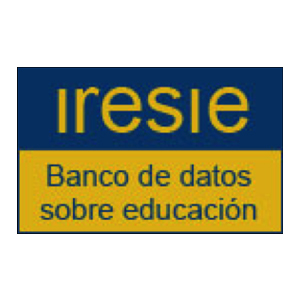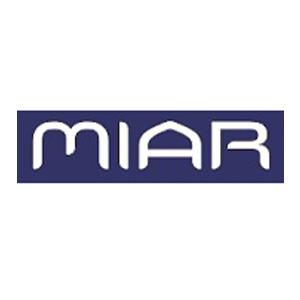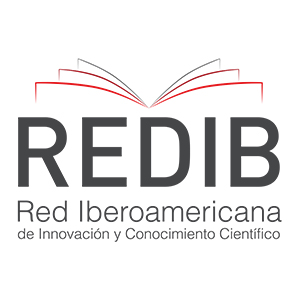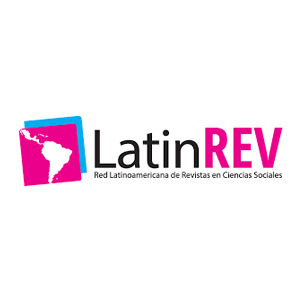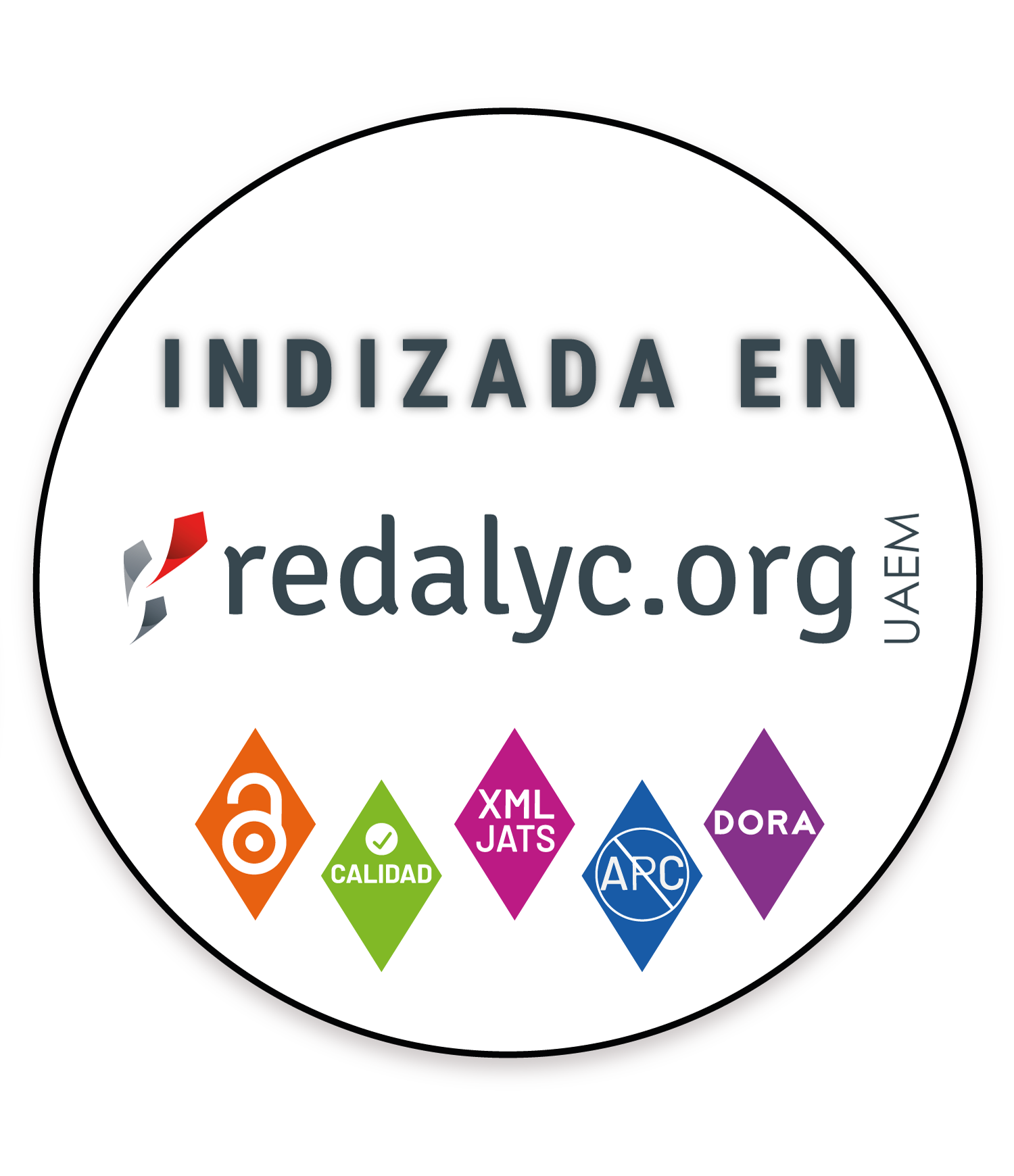Tactilidad y pedagogía. Sensorialidad y creación en la historia educativa
Tactilism and Pedagogy. Sensoriality and Creation in Educational History
Tactilidade e pedagogia. Sensorialidade e criação na história educativa
Las pedagogías digitales priorizan la interactividad, la exploración y la tactilidad como formas de conocimiento, las que se postulan como superadoras de la voz, el texto y el cuerpo sedentario de la institución escolar. En este artículo de investigación, se propone problematizar esa contraposición a partir de analizar la emergencia de una pedagogía de la tactilidad y la creación en la primera mitad del siglo XX, centrándose en la experiencia de la Bauhaus y sus ecos y transformaciones posteriores en los Estados Unidos de la posguerra. Como parte de una investigación más amplia sobre la historia de las pedagogías digitales, se analizan las concepciones de la sensorialidad y la creación que desplegaron estas pedagogías, así como las jerarquías culturales que promovieron. Se argumenta que estas pedagogías de la tactilidad y la creación, particularmente en sus traducciones norteamericanas, estuvieron imbricadas en la emergencia de las tecnologías digitales durante la Guerra Fría, en las que inscribieron concepciones particulares sobre el saber y la sensorialidad asociadas al complejo industrial-militar-cibernético. El artículo finaliza con preguntas acerca de las relaciones entre esas experiencias históricas y los debates actuales sobre la digitalización de la educación.
history of pedagogies, Bauhaus , sensoriality , digital technologies (en)
história das pedagogias , Bauhaus, sensorialidade , tecnologias digitais (pt)
Albers, J. (2019/1960). Thirteen Years at the Bauhaus. In M. Droste and B. Friedwald (Eds.), Our Bauhaus. Memories of Bauhaus People (pp.16-17). Prestel.
Allen, J. S. (1983). The Romance of Commerce and Culture: Capitalism, Modernism, and the Chicago-Aspen Crusade for Cultural Reform. University of Chicago Press.
Andermann, J. (2007). The Optic of the State. Visuality and Power in Argentina and Brazil. Pittsburgh University Press.
Avilés, P. (2020). Faktur, Photography, and the Image of Labor: On Moholy-Nagy’s Textures. In I. Weizman (Ed.), Dust & Data. Traces of the Bauhaus across 100 Years (pp. 62-85). Spector Books.
Benjamin, W. (2004/1931). Pequeña historia de la fotografía. En: W. Benjamin, Sobre la fotografía (pp. 21-53). Pre-Textos.
Bokov, A. (2020). Avant-Garde as Method. Vkhutemas and the Pedagogy of Space, 1920-1930. Park Books.
Bolívar, A. (2019). Una introducción al análisis crítico del ‘lenguaje inclusivo’. Literatura y Lingüística, 40, 355-375.
Bordes, J. (2019). El juego del arte. Pedagogías, arte y diseño. Fundación Juan March.
Burke, C. (2005). Contested desires: The edible landscape of school. Paedagogica Historica, 41(4-5), 571-587. https://doi.org/10.1080/00309230500165767
Burke, C. (2018). Feet, Footwork, Footwear and ‘Being Alive’ in the Modern School. Paedagogica Historica, 54(1-2), 32-47. https://doi.org/10.1080/00309230.2017.1358287
Burke, C. (2019). Designing for “touch”, “reach” and “movement” in postwar (1946-1972) English primary and infant school environments. The Senses and Society, 14(2), 207-220. https://doi.org/10.1080/17458927.2019.1619315
Burton, J. (1997). The Aesthetic Education of Louis I. Kahn, 1912-1924. Perspecta, 28, 204-217.
Carter, S.A. (2018). Object Lessons. How Nineteenth-Century Americans Learned to Make Sense of the Material World. Oxford University Press.
Çelik Alexander, Z. (2017). Kinaesthetic Knowing. Aesthetics, Epistemology, Design. The University of Chicago Press.
Çelik Alexander, Z. (2020). Introduction. En: Z. Çelik Alexander and J. May (Eds.), Design Technics. Archaeologies of Architectural Practice (pp. ix-xxiii). University of Minnesota Press.
Çelik Alexander, Z. and May, J. (Eds.) (2020). Design Technics. Archaeologies of Architectural Practice. University of Minnesota Press.
Cohen-Cole, J. (2014). The Open Mind. Cold War Politics & the Sciences of Human Nature. The University of Chicago Press.
Darwent, Ch. (2018). Josef Albers. Life and Work. Thames & Hudson.
Doane, M.-A. (2002). The Emergence of Cinematic Time. Modernity, Contingency, the Archive. Harvard University Press. Droste, M. and Friedwald, B. (Eds.) (2019). Our Bauhaus. Memories of Bauhaus People. Prestel.
Dussel, I. (2021). Tactile pedagogies in the postwar. Cybernetics, art, and the production of a new educational rationale. En: Th. Popkewitz, D. Petersson and K.-J. Hsiao (Eds.), The International Emergence of Educational Sciences in the Post-World War Two Years. Quantification, Visualization, and Making Kinds of People (pp. 51-70). Routledge.
Dutta, A. (Ed.) (2013). A Second Modernism. mit, Architecture, and the ‘Techno-Social’ Moment. The mit Press. Findeli, A. (1990). Moholy Nagy’s Design Pedagogy in Chicago (1937-46). Design Issues, 7(1), 4-19.
Galison, P. (1990). Aufbau/Bauhaus: Logical Positivism and Architectural Modernism. Critical Inquiry, 16(4), 709-752.
Galison, P. (2001). War against the Center. Grey Room, 4, 5-33.
Geiser, R. (2018). Giedion and America. gta Verlag.
Gropius, M. (1994/1919]/). Program of the Staatliches Bauhaus in Weimar. In A. Kaes, M. Jay and E. Dimendberg (Eds.), The Weimar Republic Sourcebook (pp. 435-438). University of California Press.
Gropius, W. (1963). Letter to the Editor on The Bauhaus Contribution. Journal of Architectural Education, 18(1), 14-15.
Halpern, O. (2014). Beautiful Data. A History of Vision and Reason since 1945. Duke University Press.
Holländer, F. and Wiedemeyer, N. (Eds.) (2019). Original Bauhaus. Workbook. Prestel and Bauhaus-Archiv/ Museum für Gestaltung.
Horowitz, F. and Danilowitz, B. (2006). Josef Albers: To Open Eyes. The Bauhaus, Black Mountain College and Yale. Phaidon Press.
Ingold, T. (2007). Against soundscape. In A. Carlyle (Ed.), Autumn leaves: sound and the environment in artistic practice (pp. 10-13). Double Entendre.
Itten, J. (1975). Design and Form: The Basic Course at the Bauhaus and Later. Thames & Hudson.
Kepes, G. (1969/1944/). Language of Vision. Painting, Photography, Advertising-Design. Paul Theobald.
Koehler, K. (2009). The Bauhaus Manifesto Postwar to Postwar. From the Street to the Wall to the Radio to the Memoir. In: J. Saletnik an R. Schuldenfrei (Eds.), Bauhaus Construct. Fashioning Identity, Discourse and Modernism (pp. 13-36). Routledge.
Moholy-Nagy, L. (1938). The New Vision. Fundamentals of Design, Painting, Sculpture, Architecture. W.H. Norton.
Moholy-Nagy, L. (1946). Vision in Motion. Paul Theobald.
Moholy-Nagy, S. (1950). Moholy-Nagy. Experiments in Totality. Harper & Brothers.
Mol. A. (2021). Eating in Theory. Duke University Press.
Ogata, A. F. (2013). Designing the Creative Child. Playthings and Places in Midcentury America. University of Minnesota Press.
Oswalt, P. (2009). Bauhaus Conflicts, 1919–2009: Controversies and Counterparts. Hatje Cantz Verlag.
Otto, E. (2019). Haunted Bauhaus: Occult Spirituality, Gender Fluidity, Queer Identities, and Radical Politics.: The mit Press.
Prieto, E. y Guerrero, S. (eds.) (2022). Pedagogías Bauhaus. Ediciones Asimétricas.
Powers, A. (2019). Bauhaus Goes West: Modern Art and Design in Britain and America. Thames and Hudson Ltd.
Saletnik, J. (2022). Joseph Albers, Late Modernism and Pedagogic Form. The University of Chicago Press.
Serres, M. (2013). Pulgarcita. El mundo cambió tanto que los jóvenes deben reinventar todo: una manera de vivir juntos, instituciones, una manera de ser y conocer… Fondo de Cultura Económica.
Sobe, N. (2012). Researching emotion and affect in the history of education. History of Education, 41(5), 689-695. doi: https://doi.org/10.1080/0046760X.2012.696150
Spiteri, R. y Lacoss, D. (Eds.) (2003). Surrealism, Politics and Culture. Routledge.
Stavranaki, M. (2010). The African Chair or the Charismatic Object. Grey Room, 41, 88-110.
Strauven, W. (2021). Touchscreen Archaeology: Tracing Histories of Hands-On Media Practices. Meson Press.
Stoler, A. L. (2010). Carnal Knowledge and Imperial Power. Race and the Intimate in Colonial Rule. University of California Press.
Thyssen, G. and Grosvenor, I. (2019). Learning to make sense: interdisciplinary perspectives on sensory education and embodied enculturation. The Senses and Society, 14(2), 119-130. https://doi.org/10.1080/17458927.2019.1621487
Tsai, J. (2018). László Moholy-Nagy. Painting after Photography. University of California Press.
Tsai, J. (2020). Epochal Trace: László Moholy-Nagy, Drawing, and the Task of the Artist. In: I. Weizman (Ed.), Dust & Data. Traces of the Bauhaus across 100 Years (pp. 226-237). Spector Books.
Vallye, A. (2011). Design and the politics of knowledge in America, 1937-1967: Walter Gropius, Gyorgy Kepes. Ph.D. Dissertation, Graduate School of Arts and Science, Columbia University.
Verbeek, C. (2012). Prière de toucher. The Senses and Society, 7(2), 225-235. https://doi.org/10.2752/174589312X13276628771640
Vidal, D. y Gaspar Silva, V. (2011). Por uma história sensorial da escola e da escolarizaçao. En: C.A. Castro (org.), Cultura material escolar: a escola e seus artefatos (ma, sp, pr, sc e rs), 1870-1925 (pp. 19-41). Edufma/Café & Lápis.
Von Osten, M. and Watson, G. (Eds.) (2019). Bauhaus Imaginista. A School in the World. Thames and Hudson.
Weizman, I. (Ed.) (2020). Dust & Data. Traces of the Bauhaus across 100 Years. Spector Books.
Wick, R. K. (2000). Teaching at the Bauhaus. Hatje Cantz Publishers.
Wingler, H.-M. (1969). The Bauhaus. Weimar Dessau Berlin Chicago. The mit Press.
Archivos consultados
Akademie der Kunste, Berlin
Museum of Modern Art, New York
APA
ACM
ACS
ABNT
Chicago
Harvard
IEEE
MLA
Turabian
Vancouver
Descargar cita
Citaciones

Métricas PlumX
Visitas
Descargas
Licencia
Derechos de autor 2023 Pedagogía y Saberes

Esta obra está bajo una licencia internacional Creative Commons Atribución-NoComercial 4.0.
Todo el trabajo debe ser original e inédito. La presentación de un artículo para publicación implica que el autor ha dado su consentimiento para que el artículo se reproduzca en cualquier momento y en cualquier forma que la revista Pedagogía y Saberes considere apropiada. Los artículos son responsabilidad exclusiva de los autores y no necesariamente representan la opinión de la revista, ni de su editor. La recepción de un artículo no implicará ningún compromiso de la revista Pedagogía y Saberes para su publicación. Sin embargo, de ser aceptado los autores cederán sus derechos patrimoniales a la Universidad Pedagógica Nacional para los fines pertinentes de reproducción, edición, distribución, exhibición y comunicación en Colombia y fuera de este país por medios impresos, electrónicos, CD ROM, Internet o cualquier otro medio conocido o por conocer. Los asuntos legales que puedan surgir luego de la publicación de los materiales en la revista son responsabilidad total de los autores. Cualquier artículo de esta revista se puede usar y citar siempre que se haga referencia a él correctamente.

